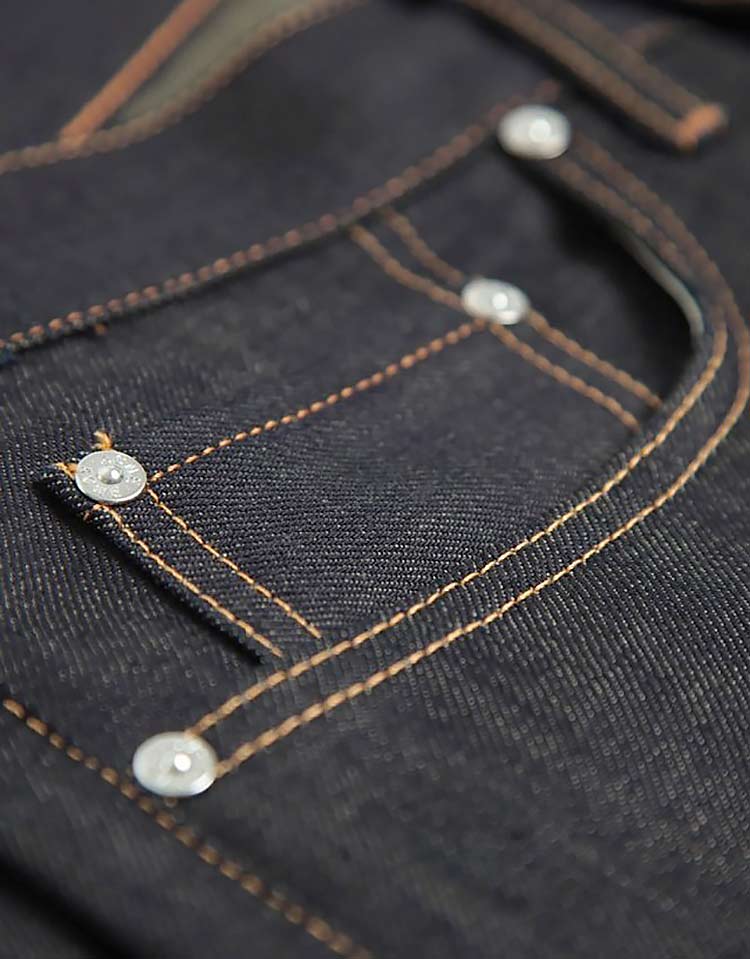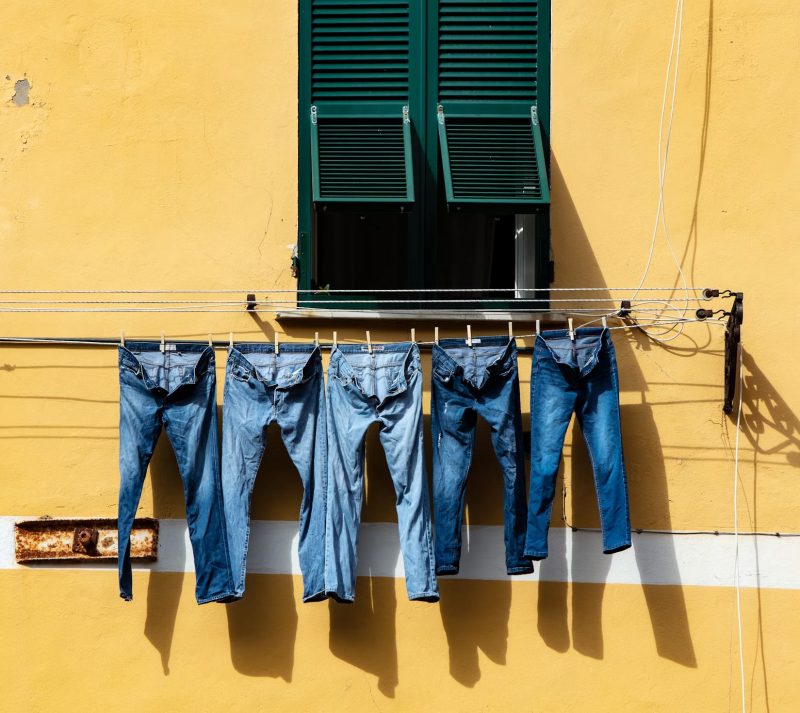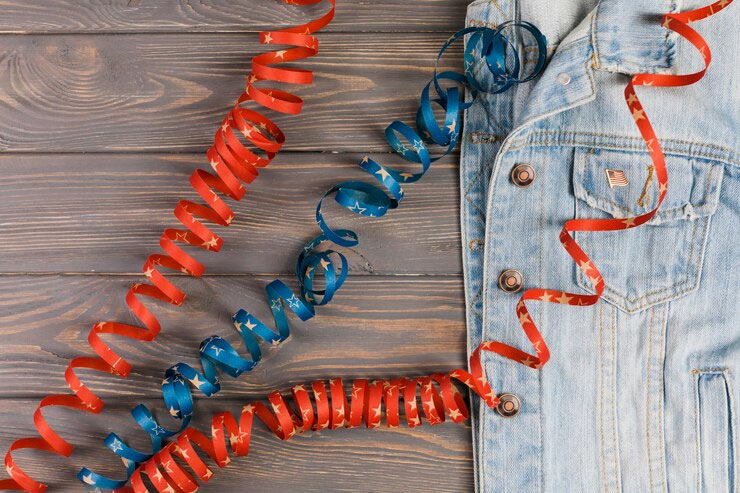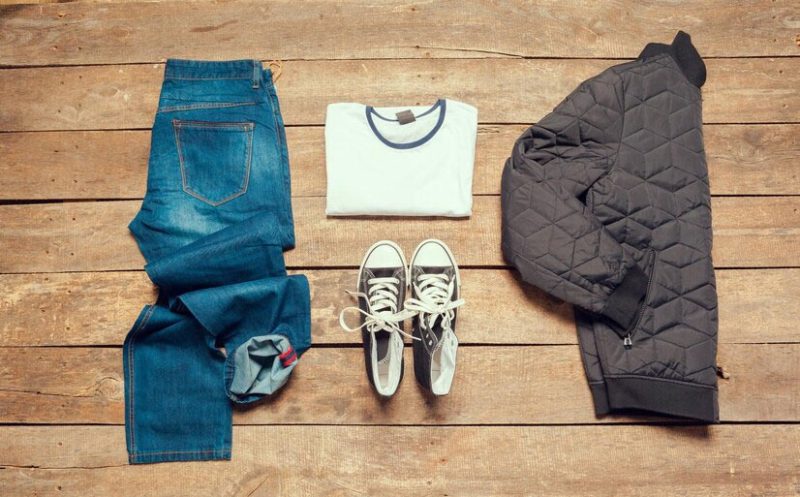Colombia’s denim fabric imports are driven by a growing textile industry, with many local
manufacturers sourcing denim fabric from international suppliers. The country’s strategic
location and trade agreements make it an attractive market for denim fabric exporters.
Colombia’s denim industry is known for producing high-quality denim products, and the
demand for denim fabric is expected to continue growing in the coming years




Rest of the report is visible to our paid subscribers. In case you wish to contact us for more info at , send email at mktg@balajiinternational.com . To see all protected reports titles,visit this page http://www.denimsandjeans.com/subscriber-only-reports-3
The post Colombia’s Denim Fabric Import 2023 vs 2024 – A Comparative Analysis appeared first on Denimandjeans.
DENIM and PATCHES sourced this post originally published on this site






